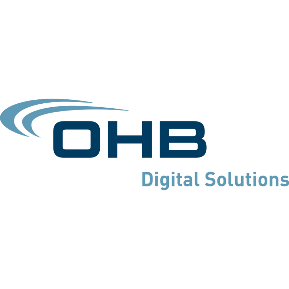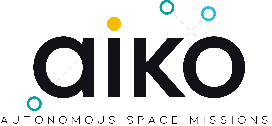
-
StatusCompleted
-
Status date2022-01-28
-
Activity Code1B.128
The objective of the “Multi-Service Mission Opportunities (MSMO)” study is to derive promising mission concepts that exploit the upstream integration of telecommunication services with other space-based applications, with the aim of identifying new end-user services which so far do not exist.
In summary, the main objectives of the study are:
- To identify new end-user services that emerge from the upstream integration of telecom and non-telecom applications. All space-based applications are within the scope of the activity, from Earth Observation up to Space Situational Awareness;
- To identify enablers for the upstream integration of such applications, at Space, Ground, User and Launch Segment;
- To define technical solutions for implementing the identified missions within 5 years;
- To identify gaps, at technical and non-technical level, for the implementation of the mission, and propose a roadmap to address these gaps.
Finding new end-user services and enablers are the main challenges of the study. Enablers are functions and technologies that allow either the share of resources (e.g. platform hosting different payloads, star trackers used for tracking debris, radar signal encoding information, …) or also, that allow the new integrated end-user services (e.g.: mobile phones receiving on-board processed satellite data, Inter-Satellite Link, on-board autonomy, high computing power enabling low latency,…).
The main challenge of the MSMO mission is to justify the added-value of the identified new end-user services with respect to similar services that today are offered via downstream integration.
From a technical perspective, the main challenges are:
- Joint radar/Telecom signal modulation
- Compressed sensing
- high computing power
- Fast on-board processing time
- RF interference mitigation
- 5G mobile users to satellite communication
From a non-technical perspective:
- ITU regulation for different RF applications sharing the same frequency band
- Financial and privacy issues
- TRL of innovative technology components
The most obvious benefits accrue from sharing payload service functions on the platform, as well as operations and launch services. A next step are missions from diverse application fields wherein payloads may have “synergistic” functions. For example, exploiting the RF communication signal for radar imaging or a payload aimed to monitor RF Interferences, which could be used for communicating in a low frequency band. Or by improving the performance of the star trackers aboard telecom satellites, to track space debris in GEO.
These cutting edge technologies are the enablers of diverse new end-user services. For instance, thanks to the encoded information in the radar chirp, the on-board processed data could be directly downloaded into mobile phones within the field of view at the satellite pass, highly reducing the data latency and the need of large Ground Stations networks. In the same manner, new catalogue of the debris environment in GEO belt could be built without the need of dedicated missions or even sensors.
Shared radar and communications signal:
- Reduced data latency
- Shared modulation preserving the phase coherency
- Compressed sensing for fast processing time up to end-user information
- ITU regulated sub-band for shared applications
- Direct communications to mobile phones to reduce costs for new user terminals development
Star trackers for debris cataloguing and broadcasting:
- GEO debris environment characterization and cataloguing, with fast broadcasting
- Increased integration time
- Improved detector cooling capabilities
- High computing power
- For in-orbit satellite users, capability for performing autonomous collision avoidance manoeuvres
GEO-SAR aboard a Telecom satellite:
- In-orbit demonstration of GEO-SAR principle, a second opportunity for the Hydroterra Earth Explorer 10 candidate mission
- Continuous and low latency SAR observations from GEO
- A multi-beam hopping concept to optimize the Tx power resources on the area of interest
- Telecom satellite featuring GEO-SAR orbit characteristics
An MSMO mission concept is defined by:
- Telecom application(s)
- Non-telecom applications(s)
- End-user service
- Integrated functions
The generic elements of a generic MSMO mission concept are:
- Space Segment
- Payload
- Platform
- On-board autonomy
- Ground Segment
- Flight Operations Segment (FOS)
- Payload Data Ground Segment (PDGS)
- User Segment
- Centralized User Segment
- End-Users
- Launcher Segment

The study is structured in 4 phases, with a milestone at the end of each phases:
Phase 1: Identification of Mission Concepts
Aimed to identify potential mission concepts based on a synergistic analysis between the proposed new end-user services and the identified enablers for upstream integration. A workshop with ESA is planed to brainstorm on the proposed mission concepts.
Phase 2: Preliminary Design
Preliminary design of the candidate concepts, with Concurrent Design sessions. 4 mission concepts down-selected based trade-off analysis
Phase 3: Detailed Mission Concept and System Architecture
Detailed design of the candidate concepts, with Concurrent Design sessions, including identification of technical solutions.
Phase 4: Gaps and Regulatory Issues
Aimed to identify technical and non-technical gaps (in specific, financial issues). 2 mission concepts down-selected based trade-off analysis.
The study started in March 2021. The successful Final Presentation took place in November 2021.






